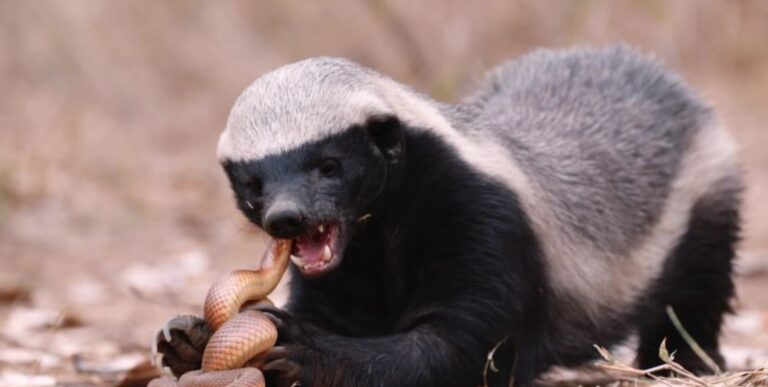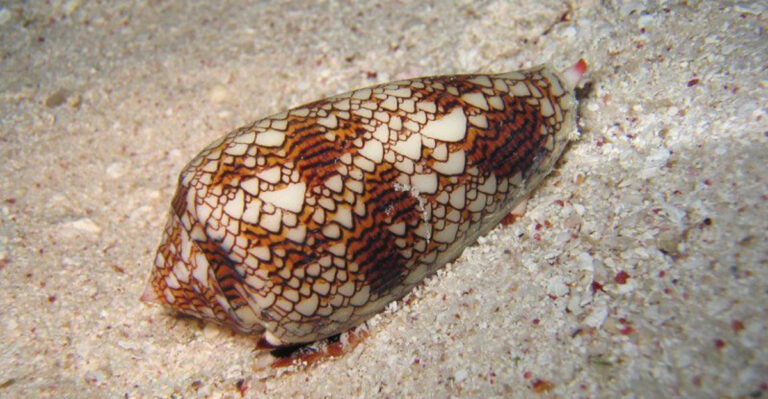19 Invasive Species Causing Chaos In Florida
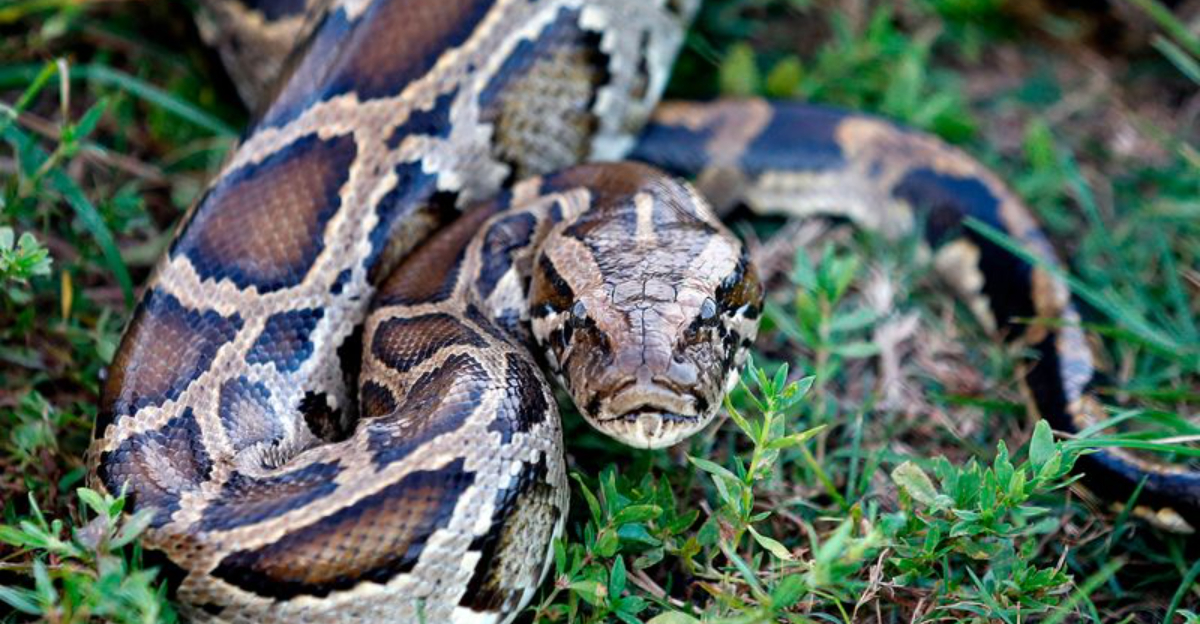
Florida, home to sunshine and sandy beaches, is also a hotspot for some unexpected guests. These invasive species are not just visitors; they’re here to stay, making waves in local ecosystems.
From slithering serpents to sneaky starlings, let’s explore these 19 invaders causing chaos in the Sunshine State.
1. Burmese Python
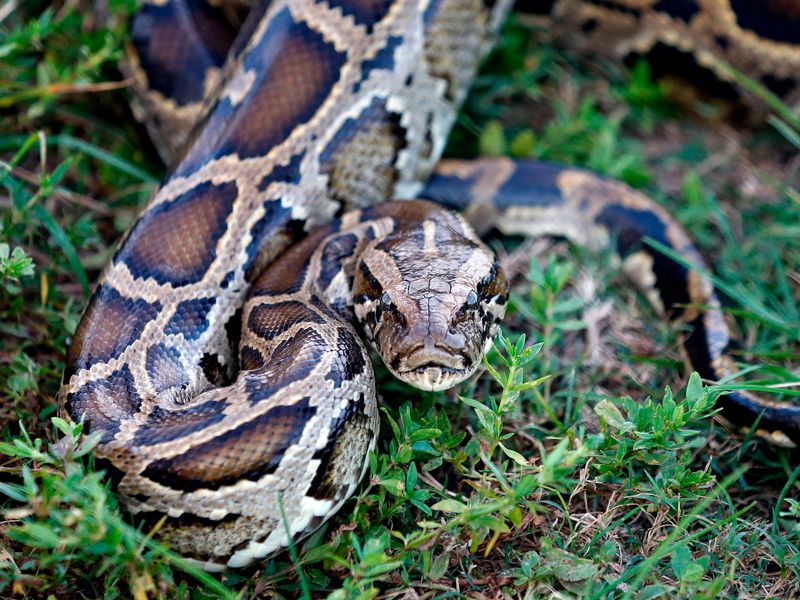
Imagine a creature that can swallow a deer whole. The Burmese python, a giant among snakes, is wreaking havoc in the Everglades.
It’s not just the size that’s concerning; these pythons are incredible breeders, making their control a real head-scratcher. Their stealthy movements and insatiable appetite make them formidable invaders.
2. Green Iguana
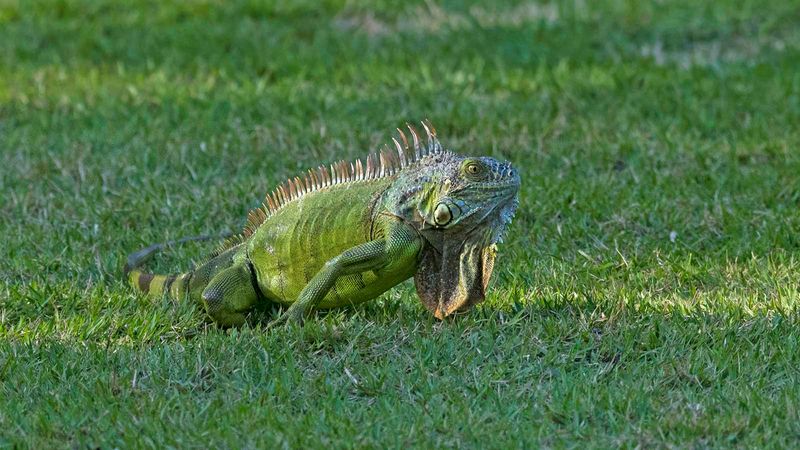
Who knew a lizard could be so destructive? The Green Iguana, with its ornate spikes and vibrant colors, might look like a harmless sunbather, but it’s a master at plant destruction.
These herbivores feast on flowers and fruits, leaving Florida’s gardens in disarray. Their digging habits also cause structural damage.
3. Nile Monitor
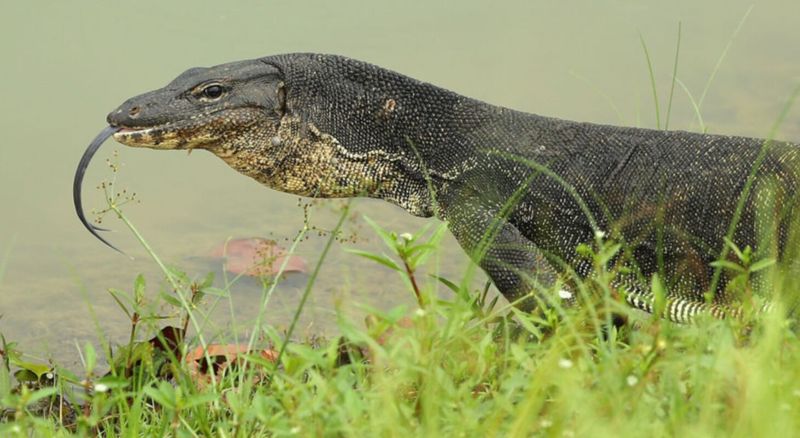
Meet the Nile Monitor, Florida’s reptilian predator. These lizards, with their keen senses, are a threat to native wildlife. Not just another pretty face, their appetite for eggs puts birds and reptiles at risk. Fast and aggressive, they’re no easy catch, requiring expert handling to control their numbers.
4. Argentine Black And White Tegu
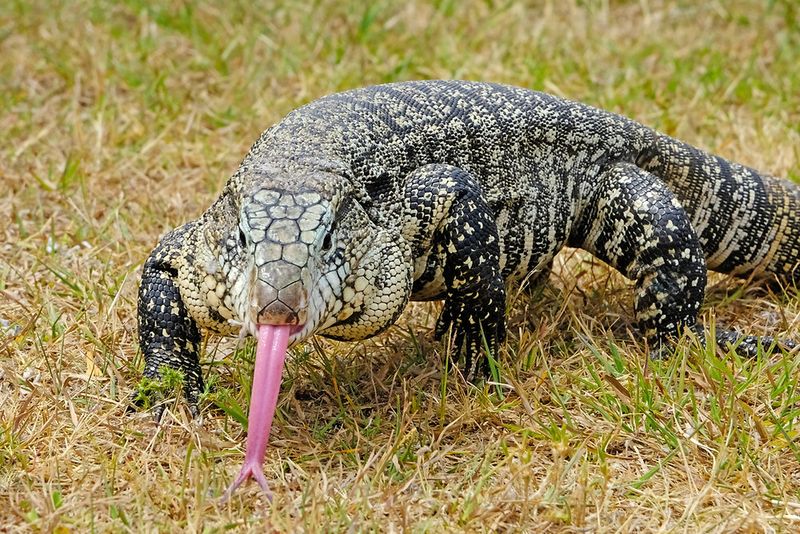
With a pattern as bold as its attitude, the Argentine Tegu is a daring invader. These omnivores are not picky eaters, gobbling up eggs, fruits, and small animals. Their adaptability allows them to thrive in various environments, making them a significant threat to Florida’s wildlife diversity.
5. Red-eared Slider

Turtles might seem harmless, but the Red-eared Slider is a different story. Popular as pets, many have been released into the wild, where they outcompete native turtles for resources. Their adaptability and prolific breeding have made them dominant in many aquatic habitats.
6. Cuban Tree Frog

The Cuban Tree Frog is a nocturnal invader with a knack for disrupting local ecosystems. These frogs consume native frogs and insects, reducing biodiversity. Their presence is felt in urban areas, where they clog drains and invade homes, becoming an unwelcome nocturnal visitor.
7. Cane Toad
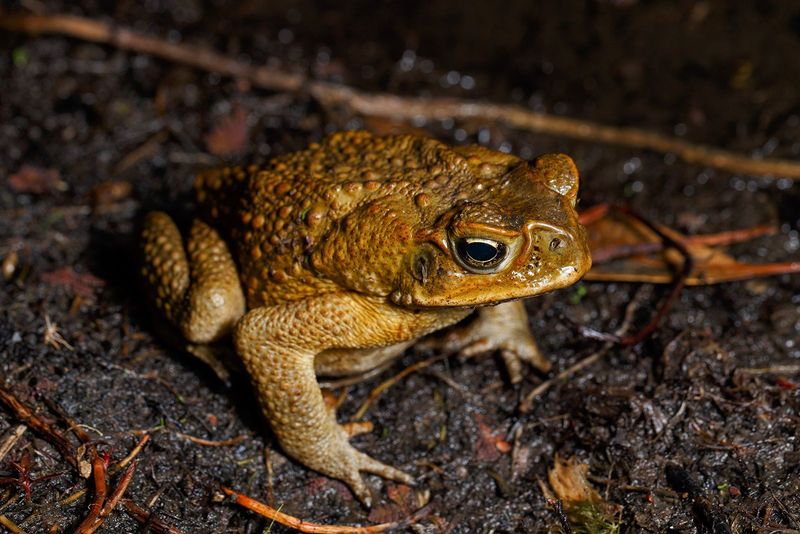
As if toads weren’t interesting enough, the Cane Toad packs a toxic punch. Originally introduced for pest control, they’ve become pests themselves. Their toxin deters predators, allowing them to breed unchecked. Unfortunately, pets and wildlife that get too curious pay a fatal price.
8. Walking Catfish
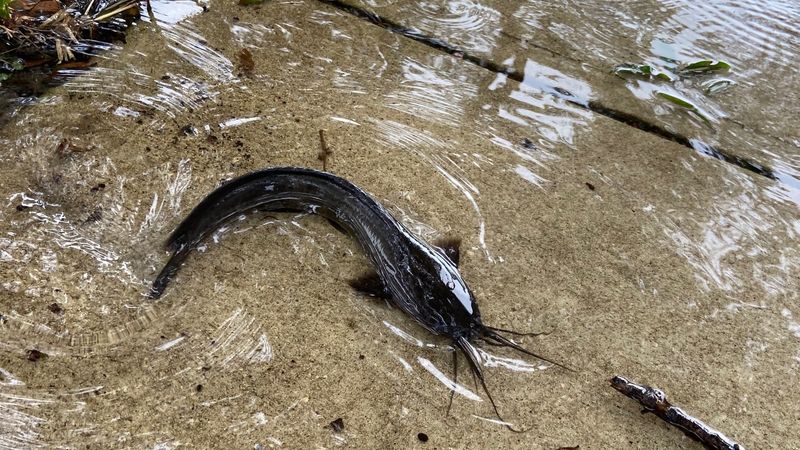
Yes, fish can walk! The Walking Catfish, with its ability to wriggle over land, finds its way into countless waterways. This aquatic escape artist thrives during wet seasons, invading ponds and lakes, often outcompeting native fish for food and space.
9. Lionfish
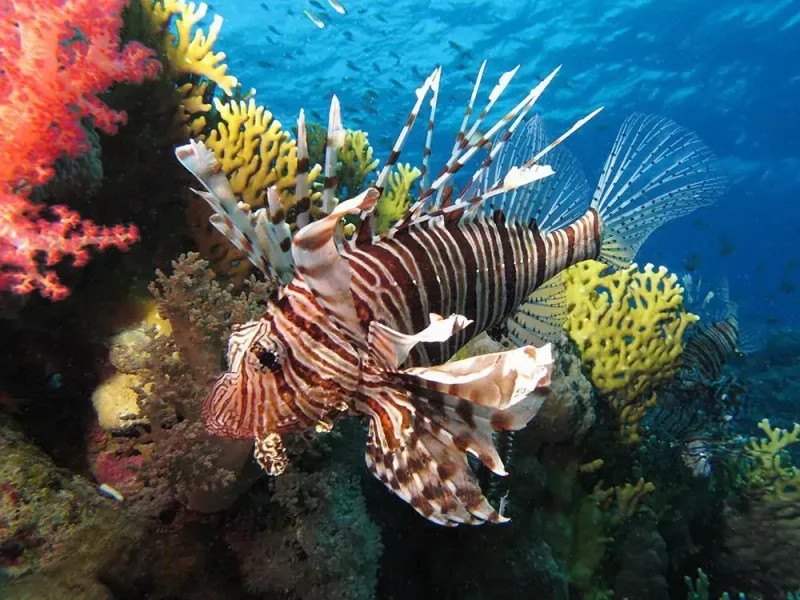
Beauty can be deadly. The Lionfish, with its elegant fins and striking patterns, hides a venomous secret. These fish have no natural predators in Florida, allowing their population to explode. Their voracious appetite for smaller fish disrupts reef ecosystems, leading to ecological imbalance.
10. Brown Anole
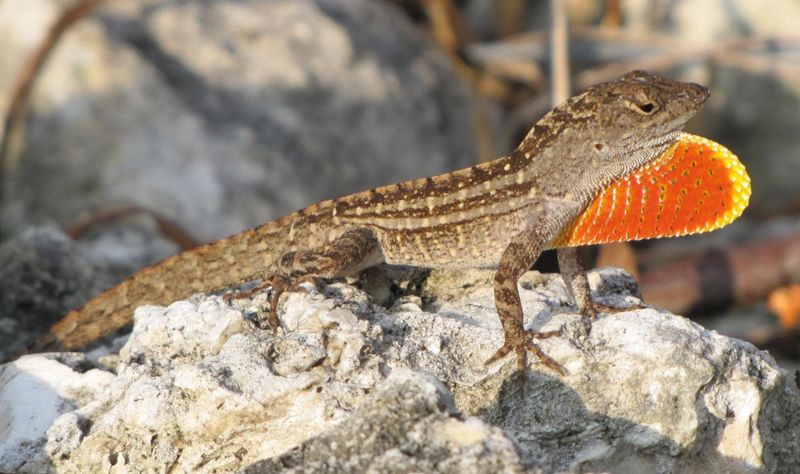
Small but mighty, the Brown Anole is a lizard with a flair for takeover. These agile reptiles compete fiercely with native species for food and territory. Their adaptability has allowed them to spread rapidly, changing the dynamics of Florida’s urban and natural landscapes.
11. House Sparrow
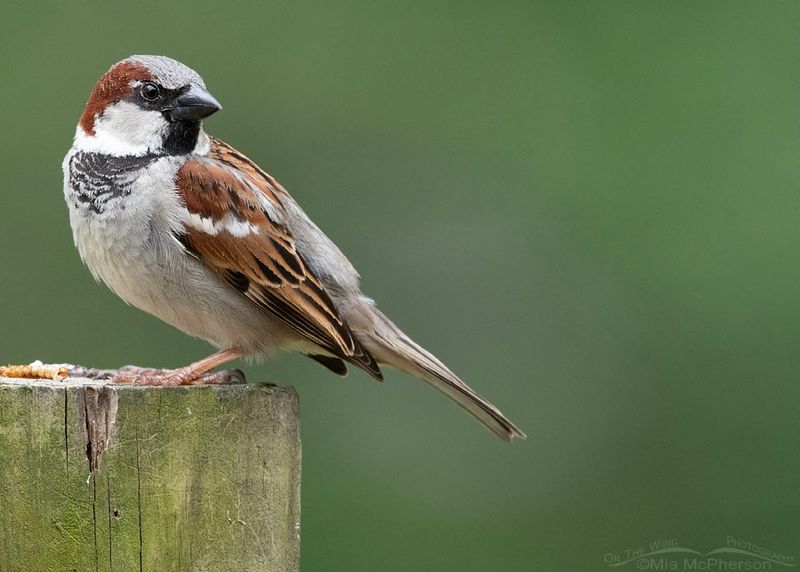
Common yet cunning, the House Sparrow is nothing short of a feathered invader. These birds thrive in urban settings, often outcompeting native species for nesting sites and food. Their adaptability and aggressive behavior make them a challenging species to control in Florida.
12. European Starling
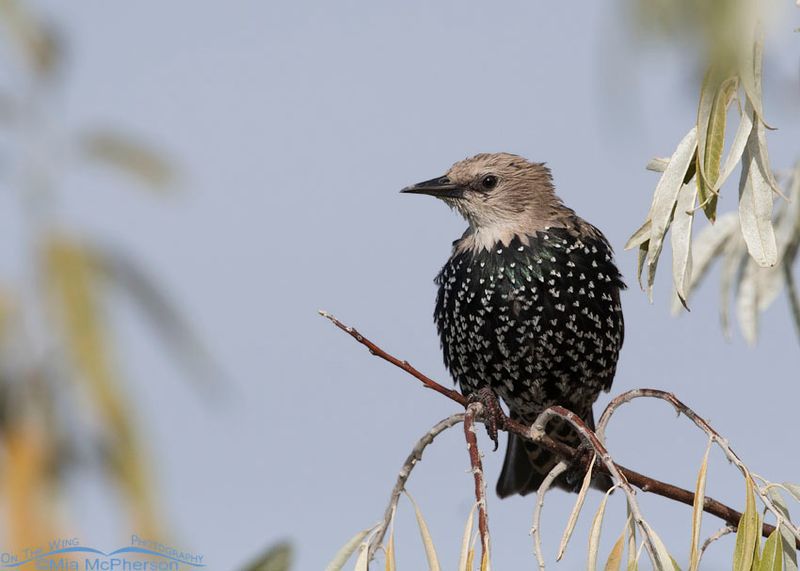
Ever seen a starling murmuration? It’s quite the spectacle! These birds, however, are a nightmare for native wildlife. European Starlings compete for nesting sites, often displacing local species. Their large flocks also cause agricultural damage, making them unwelcome guests.
13. Muscovy Duck

Meet the Muscovy Duck, a bird with a reputation. These ducks are at home in urban and suburban areas, where they often become nuisances. Their messy habits and aggressive behavior towards other ducks and humans alike make them less than popular in Florida’s many parks and ponds.
14. Wild Boar
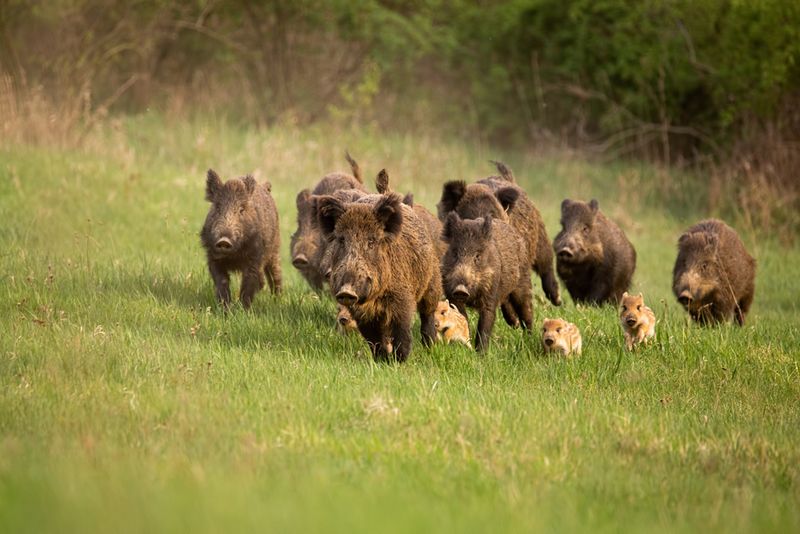
Rooting around like they own the place, Wild Boars are a destructive force in Florida. These omnivores disturb soil and vegetation, causing extensive damage to natural and agricultural areas. Their aggressive nature and rapid reproduction make them a formidable invasive species to manage.
15. Nutria

With orange teeth and a taste for destruction, the Nutria is a rodent on a rampage. These semi-aquatic creatures destroy native vegetation, leading to erosion and habitat loss. Their burrowing habits further damage levees and flood control systems, making them a significant threat.
16. Feral Cat

Stealthy and numerous, Feral Cats are silent predators in Florida. Their hunting instincts take a toll on native birds and small mammals. Despite efforts to control their population, their elusive nature and high reproduction rate make management a constant challenge.
17. Gambian Pouched Rat
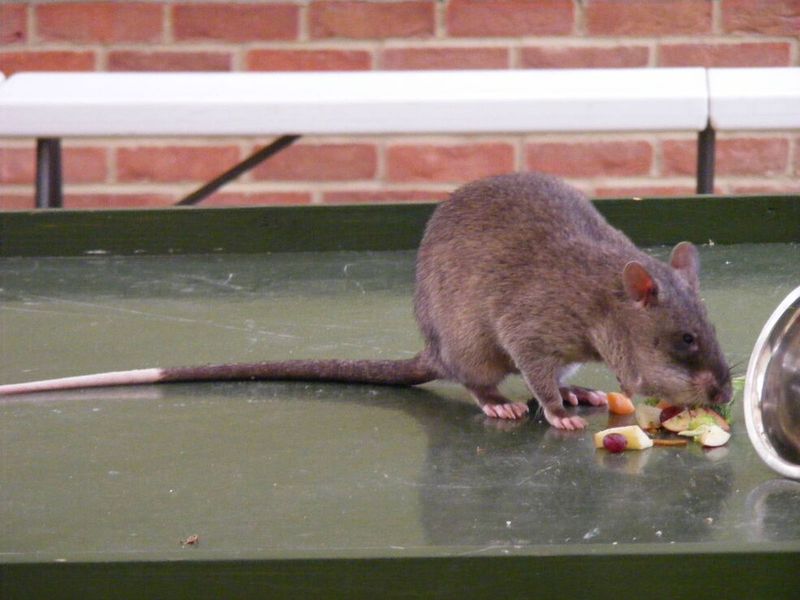
Considered a giant among rodents, the Gambian Pouched Rat is more than just a big eater. These inquisitive creatures are known for their cheek-pouching behavior, which allows them to transport large quantities of food. Their presence in Florida poses a risk to agricultural crops and native species.
18. Veiled Chameleon
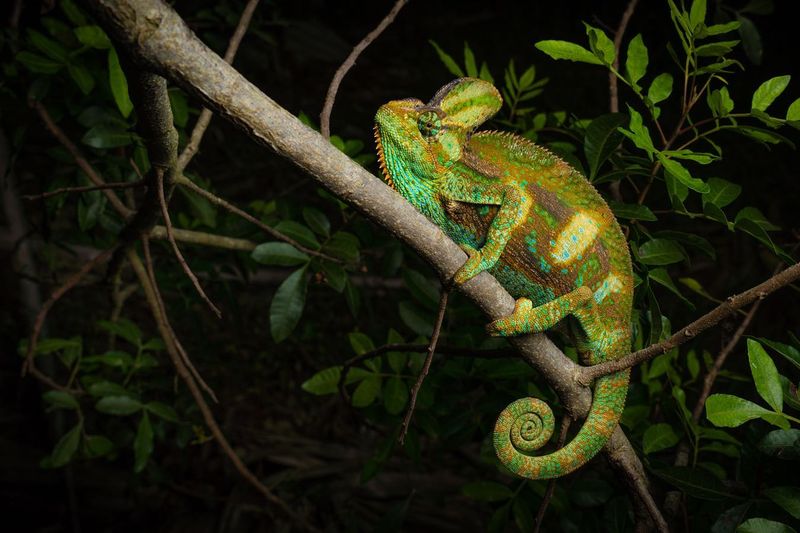
With eyes that move independently and a knack for camouflage, the Veiled Chameleon is a master of disguise. These reptiles pose a threat to local insect populations, as they can easily adapt to different environments. Their distinctive appearance makes them popular pets, leading to accidental releases.
19. Spectacled Caiman

Caiman or alligator? The Spectacled Caiman might make you do a double-take. These reptiles have found a niche in Florida’s waterways, competing with native alligators for food and space. Their adaptability and resilience make them a challenging invader to manage.


